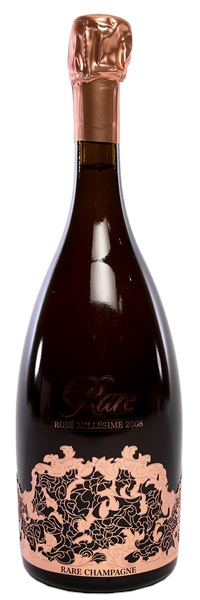Estimate

...straight-up sensational...offers a deep, full-bodied, powerful yet chiseled and laser-focused style carrying loads of wild strawberry fruit as well as notes of orange blossom, spice, and crushed rocks.
...flavors of nectarine, ripe raspberry, grilled nut, espresso and graphite, with a touch of dried sage, all riding the finely detailed mousse. Like a ballerina, this offers power in a graceful form. A beautiful skein of spice unravels on the lasting finish.
...cherries, blood orange, Meyer lemon, honeysuckle and dried white flowers that offers the promise of considerable complexity to come. On the palate, the wine is medium to full-bodied, racy and tight-knit, with good concentration, beautifully integrated acids and a fine mousse, concluding with a long, saline and delicately phenolic finish.
This intense wine is chock full of red-fruit flavors and beautiful acidity.
Very exciting nose with layers of coconut...broad and rich initially but very lively, bright-fruited finish. Super-clean, refreshing but layered. Really pretty spiffy! Grown-up wine with a dry finish.